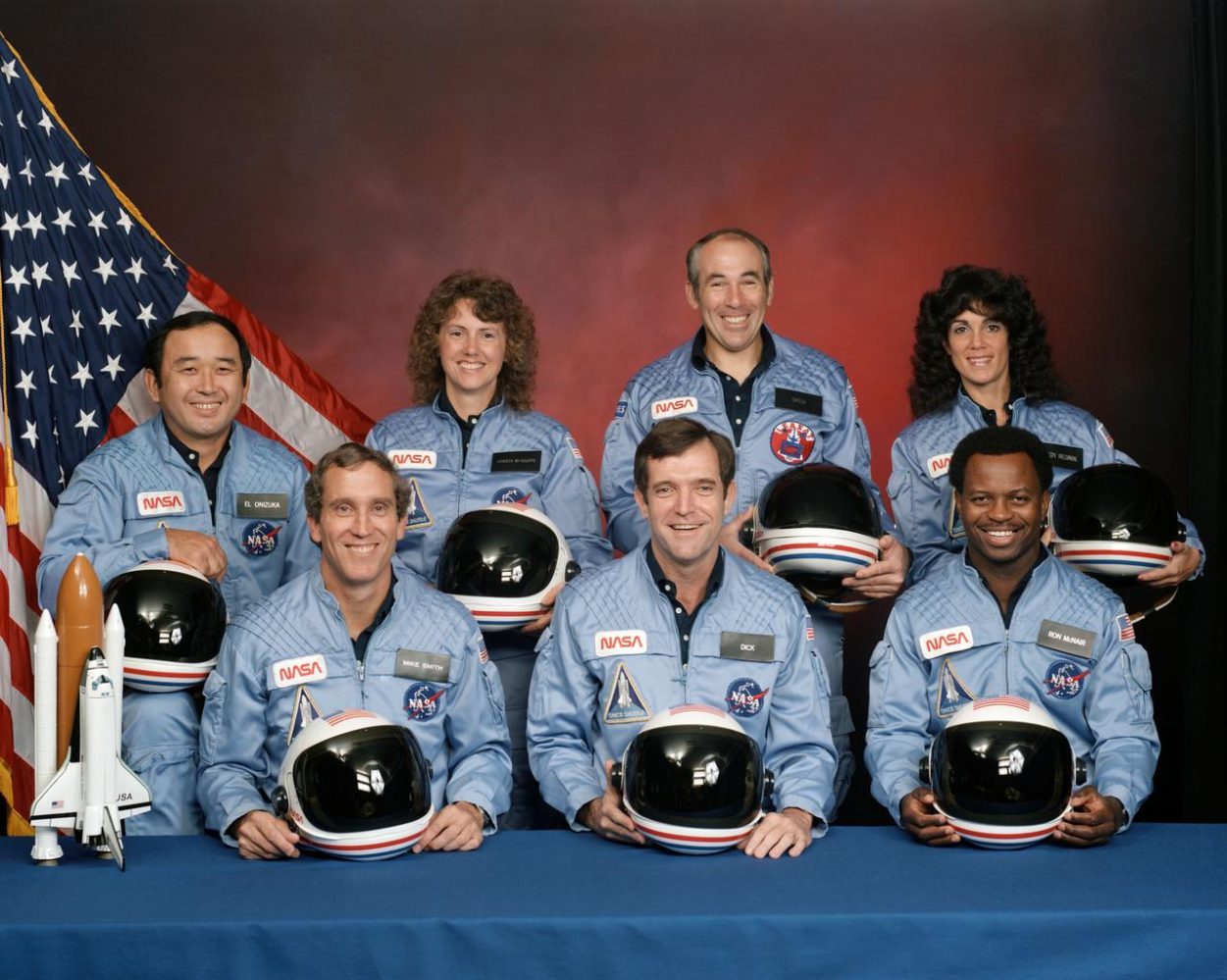
On the morning of January 28, 1986, the world watched as Space Shuttle Challenger launched from Cape Canaveral with a crew of seven on board. Little did anyone know that the mission would end with a catastrophic failure that would claim the lives of seven and change NASA forever.
The mission was designated STS-51-L and was the 25th mission of the United States’ Space Shuttle program. The mission’s main goals were to deploy the second in a series of tracking and data relay satellites and observe Halley’s Comet. Unfortunately, 73 seconds after launch, Space Shuttle Challenger exploded and broke apart, leading to the deaths of all seven crew members. After the mid-air explosion, the spacecraft debris fell into the Atlantic Ocean, just off Florida’s coast.
Where most shuttle launches at this point were going unnoticed because of how routine they had become, this mission drew a large amount of attention. That was the result of the selection of Christa McAuliffe, a high school teacher from New Hampshire, to fly on board. Her selection was the result of the “Teacher in Space” program, a NASA program to select someone to teach actual lessons from space. It was part of a larger effort to show that, maybe, the average person was ready to go to space. Out of thousands that applied, and after a lengthy selection process, McAuliffe was selected, along with her backup, Barbara Morgan (who, notably, went on to be selected as an astronaut in 1998 through the normal selection process and flew on STS-118).
As the late-January launch date approached, the media attention grew to a fever pitch. News agencies big and small were constantly talking about the launch. Viewing parties were being planned from coast to coast. And though the vast majority of attention was on Christa McAuliffe, the country and the world got to know the rest of the crew as well.
The Challenger Crew
Commander Dick Scobee
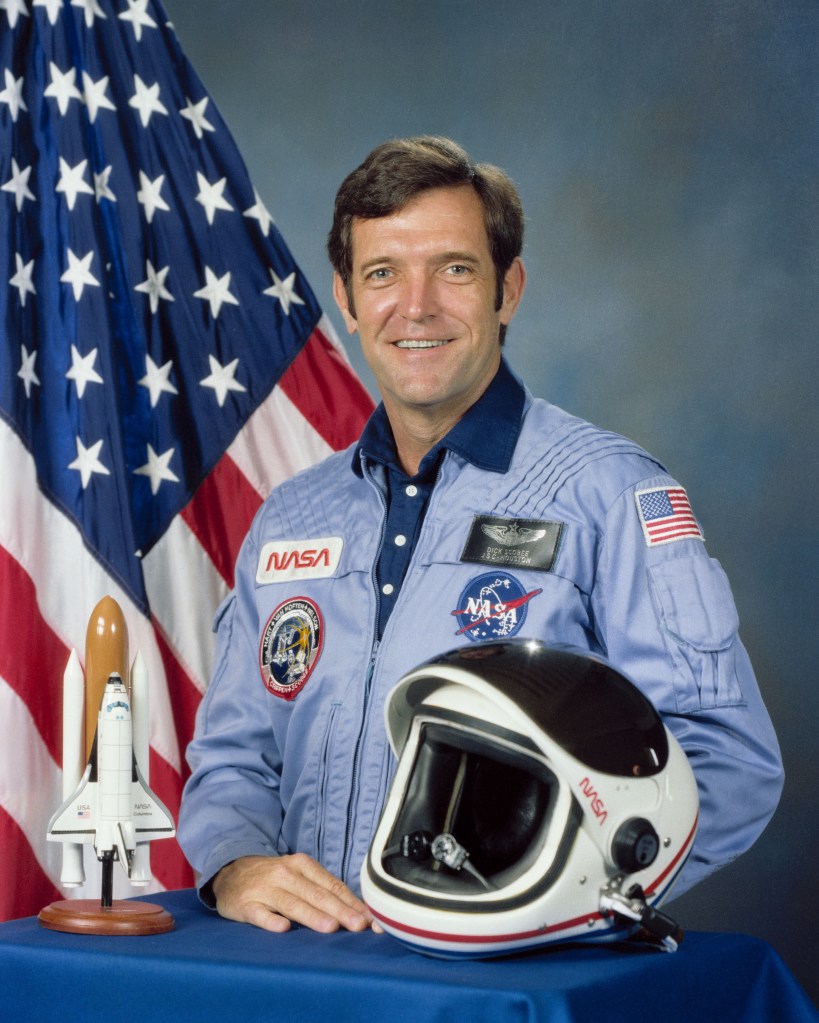
Commander of the mission was Francis (Dick) Scobee. Before being selected as an astronaut, Scobee was a Lt. Col. in the USAF and held a degree in Aerospace Engineering from the University of Arizona. His only other mission was as pilot of STS-41-C.
Pilot Michael J. Smith
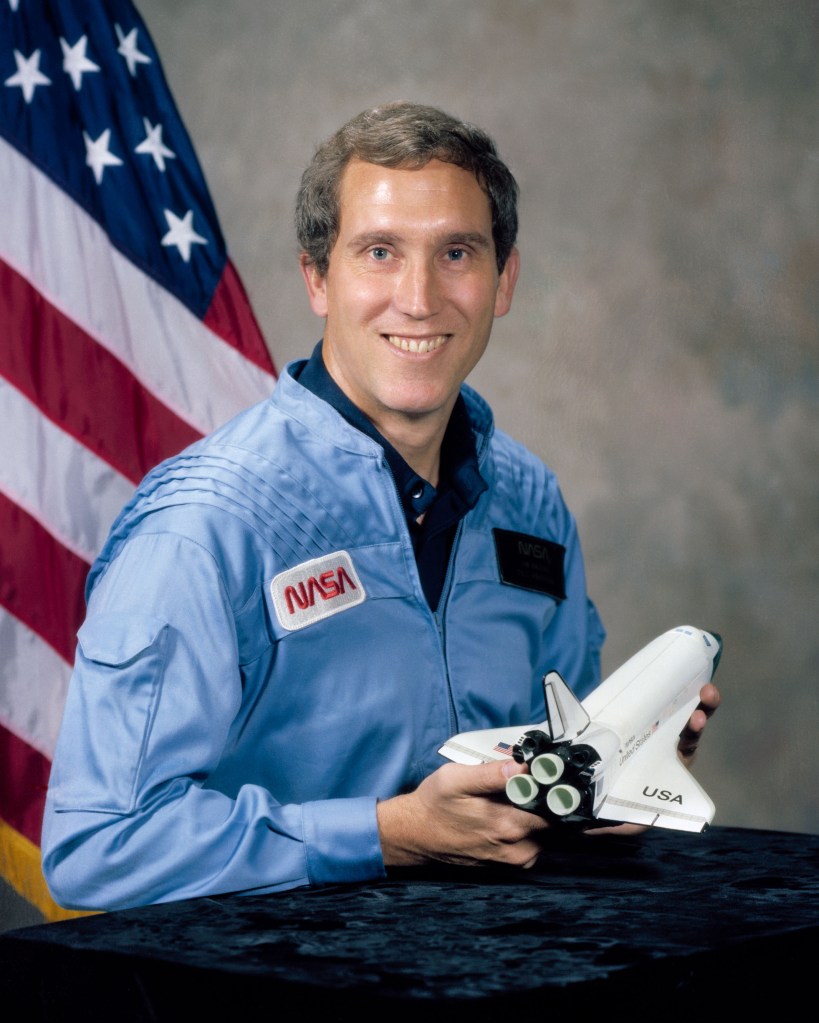
The pilot of the mission was Michael J. Smith. A Captain in the US Navy, Smith held a Bachelor’s egree in Naval Science from the US Naval Academy and an M.S. in Aeronautical Engineering from the US Navy Postgraduate School. STS-51-L was Smith’s first flight, and he was scheduled to be the pilot of STS- 61-N later in 1986
Mission Specialist Ellison Onizuka
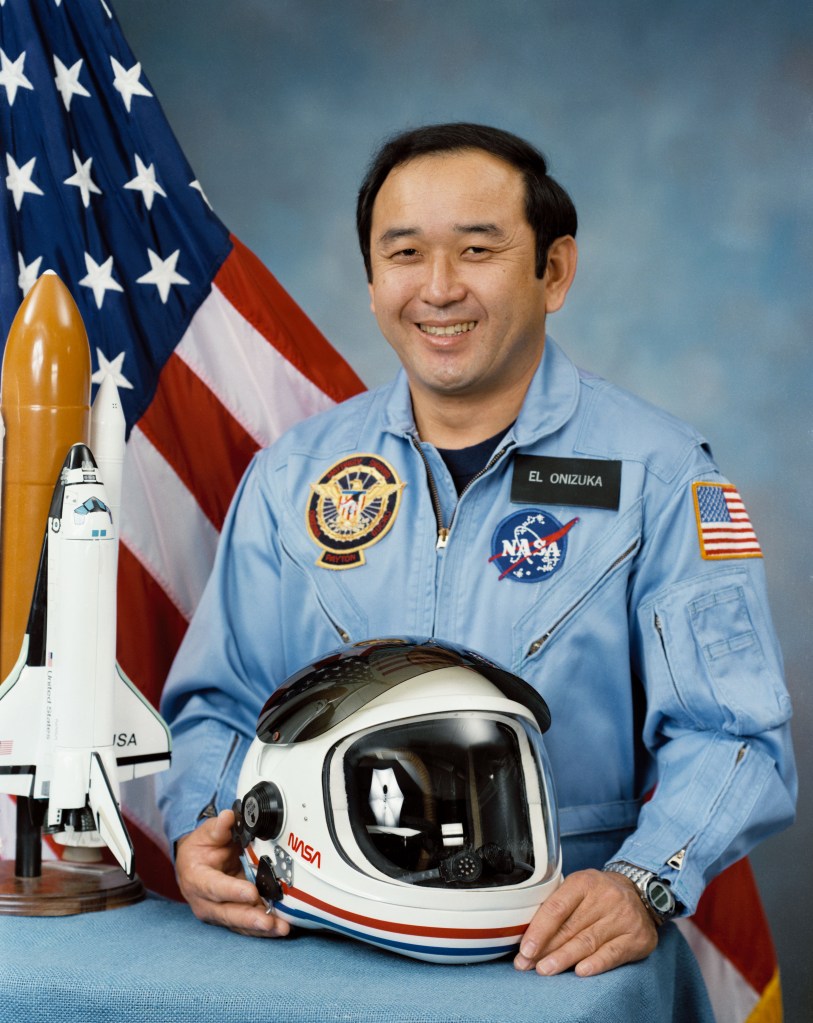
Mission Specialist 1 (or, MS-1) was Ellison Onizuka. A proud native of Hawaii, Onizuka held a Master’s degree in Aerospace Engineering from the University of Colorado. Posthumously, he was promoted to the rank of Colonel in the US Air Force. His first and only other flight was on STS-51-C.
Mission Specialist Judith Resnik
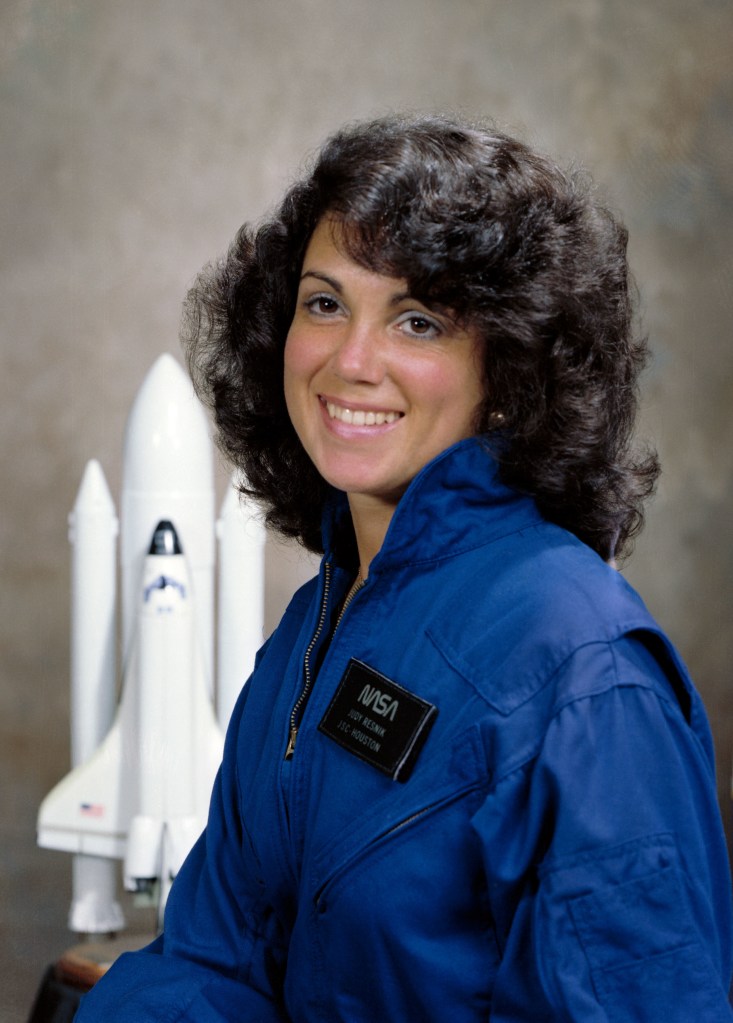
MS-2 was Judith Resnik. She held a Ph.D. in Electrical Engineering from the University of Maryland. Resnik was part of the first Astronaut class that included candidates that did not have military backgrounds. Her first and only other mission was STS-41-D.
Mission Specialist Ronald McNair
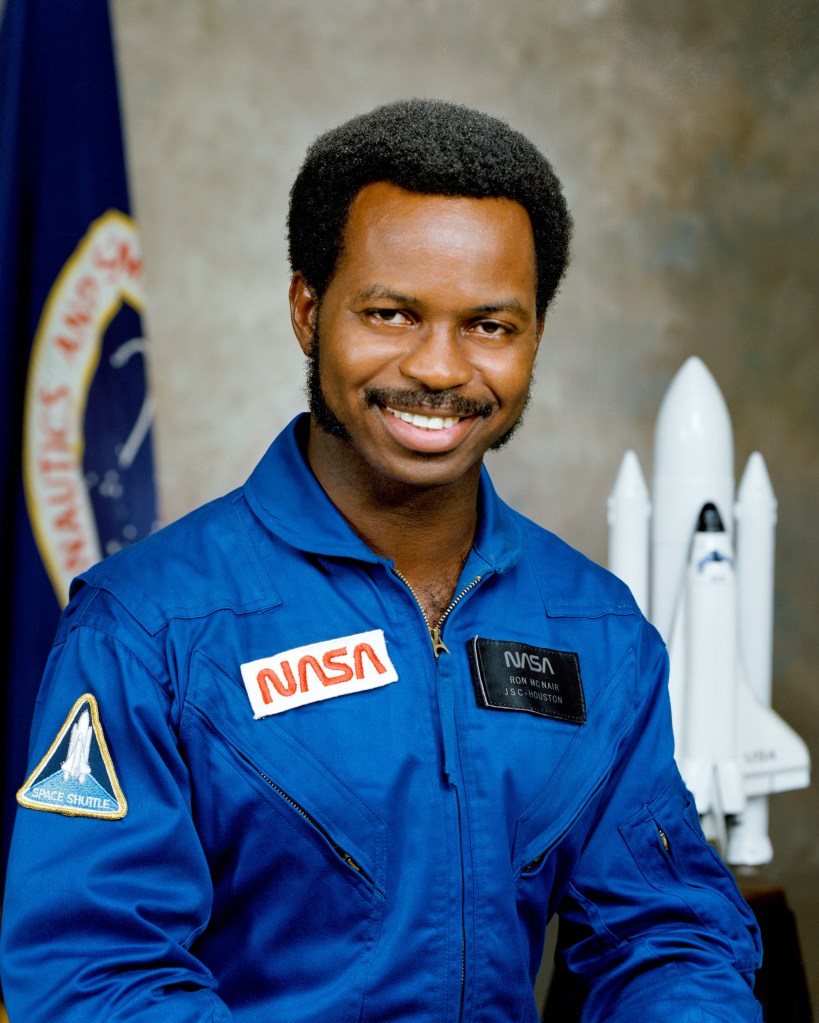
MS-3 was Ronald McNair. His numerous accomplishments include a degree in Physics from North Carolina A&T State University, a Ph.D. in Physics from MIT, an Honorary Doctorate of Law from North Carolina A&T State University, an Honorary Doctorate of Science from Morris College, and an Honorary Doctorate of Science from the University of South Carolina. He’s also known for being a fifth-degree black belt Karate instructor and a performing jazz saxophonist. His first and only other mission was STS-41-B.
Payload Specialist Gregory Jarvis
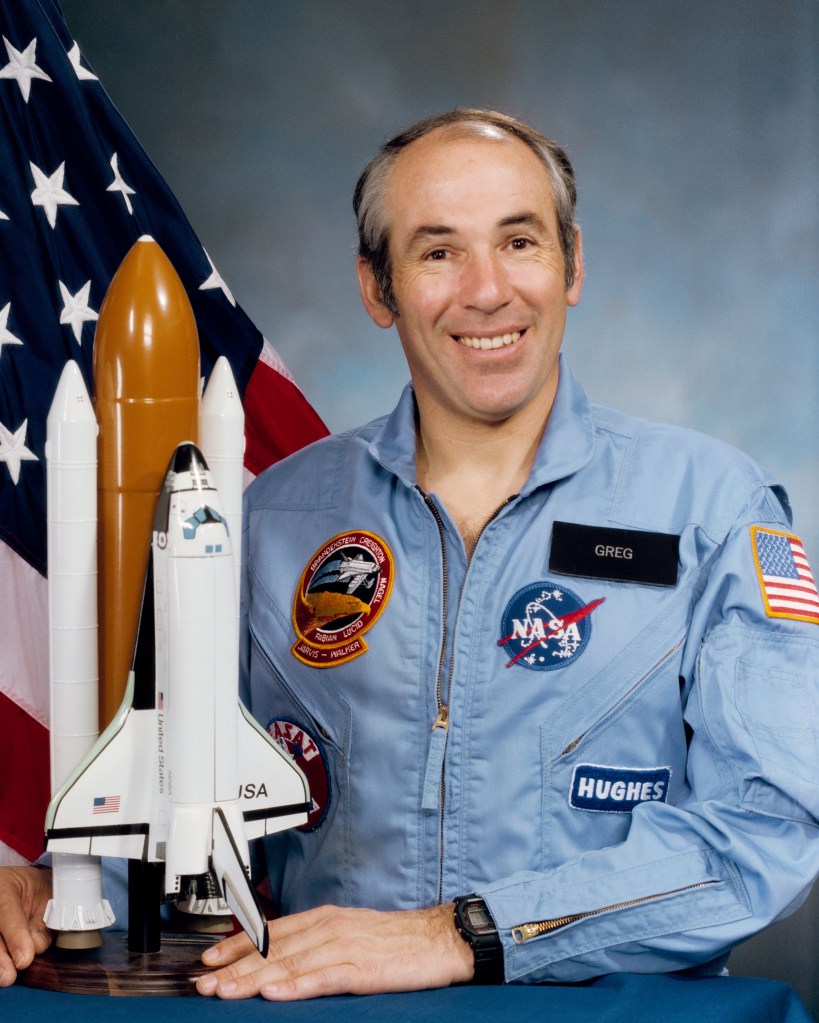
Payload Specialist 1 (PS-1) was Gregory Jarvis. He held a Bachelor of Science degree in Electrical Engineering from the State University of New York at Buffalo, a Master’s degree in Electrical Engineering from Northeastern University, and completed all of the course work for a Master’s degree in Management Science from West Coast University. Jarvis was selected to be an astronaut outside of the normal process as part of a program to have engineers from the satellite manufacturers (in this case, Hughes) fly with the payloads. STS-51-L would have been his first flight.
Payload Specialist Christa McAuliffe
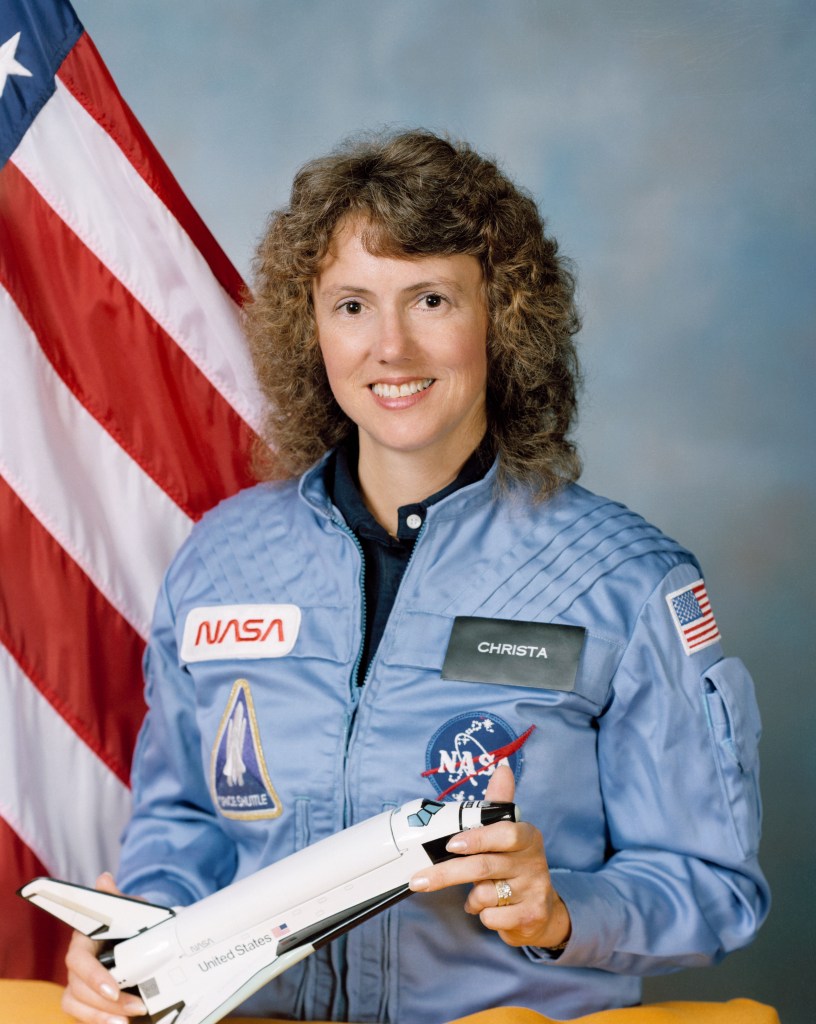
PS-2 was the aforementioned Christa McAuliffe. She held a Bachelor of Arts degree from Framingham State College and a Master’s degree in Education from Bowie State College. McAuliffe’s role on the mission was to hold live teaching sessions from space that would be sent to classrooms across the country.
(Full, official NASA biographies can be found here.)
Problems the shuttle faced
The scheduling of the classroom sessions was the first in a number of factors working against Challenger. The sessions were planned to happen in the first two full days of the mission. Should one or both of the sessions fall on the weekend, it would have been a PR problem for NASA. The pressure to avoid that situation, coupled with pressure from upper management at NASA to reduce delays and increase an already high launch cadence, was the second factor.
The shuttle was promised to be low-cost with a high number of flights when it was sold to Congress to approve its development funding. But by 1986, try as it might, it still hadn’t lived up to its promises. Because of this, there was ever-mounting pressure to cut down on delays and launch them as fast as possible. Though declared operational by President Regan (mostly as a formality), those in the industry would agree that it was anything but. Engineers were still discovering things about their machines and working out design flaws. But as the shuttle kept flying and these flaws were not causing any “real” problems, a new trend formed: a “Normalization of Deviance.” It’s broadly defined as being accepting of flaws in the system because they had never before caused any failures. This was the next factor working against Challenger, and it led to a fervent meeting the night before.

The forecast for January 28 was cold. Very cold. Overnight temperatures were below freezing. Ice had formed on the shuttle and pad structures. And these temperatures had engineers at Morton-Thiokol, the then-name of the manufacturer of the shuttle’s solid rocket boosters, very concerned. On a number of flights, a problem had been discovered with the boosters which became known as “blow by.” It’s when hot gasses from an ignited booster get past the primary and secondary seals between the sections of the booster. They are visible in imagery from STS-51-L and from a number of previous missions. Morton-Thiokol engineers were trying to solve the problem but still ended up giving their ok to fly in the past, hence the “normalization of deviance.” But this mission gave them a moment of pause, urging NASA management to wait for warmer weather. Their concern was that their design had never been tested at these temperatures. This was, by far, the coldest launch to date. They didn’t know how the booster would perform or if it would fail, specifically referencing the rubber o-rings in the seals – hence, the last-minute meeting between NASA and Thiokol management.
Ultimately, NASA management pressured them into approving the launch.
The resulting investigation into the loss of Challenger confirmed those fears. Blow-by was observed initially at liftoff and then resolved itself. But further into the flight, it happened again. This time, it happened near one of the lower struts of the right SRB, which connected it to the external fuel tank. The plume acted like a blow torch on the strut, which caused it to fail and sent the booster sideways into the tank, rupturing it and resulting in the loss of the vehicle and crew. Evidence suggests that some or all of the crew may have survived until the crew cabin impacted the water below them.
Salvage crews were sent out and spent weeks searching for and recovering various pieces of the shuttle and the seven crew members’ remains. The remains that could be identified were given to their respective families, while the rest were buried at a monument to the Challenger crew at Arlington National Cemetery. The recovered debris of Challenger was buried in an unused missile silo on the grounds of the Cape Canaveral Space Force Station, along with select pieces on display at the Kennedy Space Center visitor’s complex in the Atlantis exhibit.
A Presidential commission was formed, known as The Rogers Commission, to formally investigate what happened. Their ultimate conclusion pointed to a breakdown in management’s decisions to ignore Morton-Thiokol’s warnings and pressure them into signing off to launch (a requirement for all contractors to do before each mission). Their recommendations were to fix the boosters and other lingering design issues and for a management policy change. The full report and all of the commission’s recommendations can be found here.
The fleet remained grounded for 32 months after the loss of Challenger. But they returned to flight in September of 1988, led by Discovery and the crew of the STS-26 mission (the mission numbering system was one of the changes made for clarity). Endeavour would eventually join the fleet as a replacement.
The shuttle fleet never again launched at the same rate as before the loss of Challenger, known by some as “the golden age of the shuttle.” It also never got any cheaper to fly. But even with another loss in 2003, of Columbia, and the end of the shuttle program altogether, the shuttles still continue to inspire so many to take on the tough challenges and push all of the boundaries, even when the worst happens. And the crew of Challenger wouldn’t have wanted it any other way.
Enjoy reading Space Explored?
Help others find us by following on Apple News and Google News. Be sure to check us out on YouTube, Twitter, Facebook, and Instagram, join our Discord!
FTC: We use income earning auto affiliate links. More.

Comments